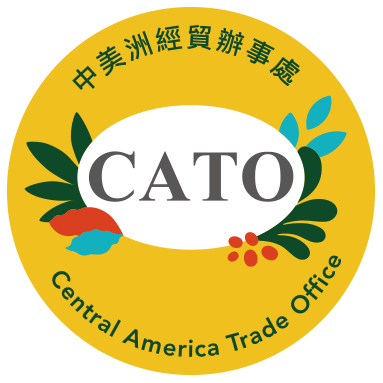ROC's top tertiary institutions exhibit R&D results
2015/06/10
A special exhibition showcasing the major R&D achievements of 16 leading colleges and universities in Taiwan kicked off June 8 in Taipei City.
Organized by the Ministry of Education, the event highlights results under the MOE’S Aim for the Top University Project. Last year, participating institutions shared NT$3.58 billion (US$114.47 million) in private-sector funding for 1,759 patents and generated NT$706 million in revenues related to such intellectual property rights.
Among the projects on display is a sponge coated with a layer of graphene. Given its unique structure, the material can soak up motor oil and chloroform 90 and 160 times, respectively, its own weight without absorbing any moisture.
Project leader Tai Nyan-hwa, professor of the Department of Materials Science and Engineering at National Tsing Hua University, said the reusable sponge is twice as effective as similar products available on the market. "A local petrochemical firm has already expressed interest in the creation."
Similarly laden with commercial potential is eye-tracking technology developed by a team from National Taiwan Normal University’s Department of Electrical Engineering.
NTNU Professor Ho Hong-fa said the team’s device records eye movements of the user. “Through proper analysis, this information can be used for applications spanning cognitive behavior, marketing research and video gaming,” he said, adding that his team is working with several institutions at home and abroad on similar initiatives.
A mobile ambient mass spectrometer developed in a laboratory led by Shiea Jen-taie, a chemistry professor at National Sun Yat-sen University, also possesses great appeal in the marketplace.
“The device identifies pesticide residues and other unwanted additives in food products, including plasticizers and preservatives, in less than three seconds,” Shiea said. “This capability boasts applications in environmental pollution detection and medical screening.”
Source: Taiwan Today (http://taiwantoday.tw/ct.asp?xItem=231289&ctNode=413)











